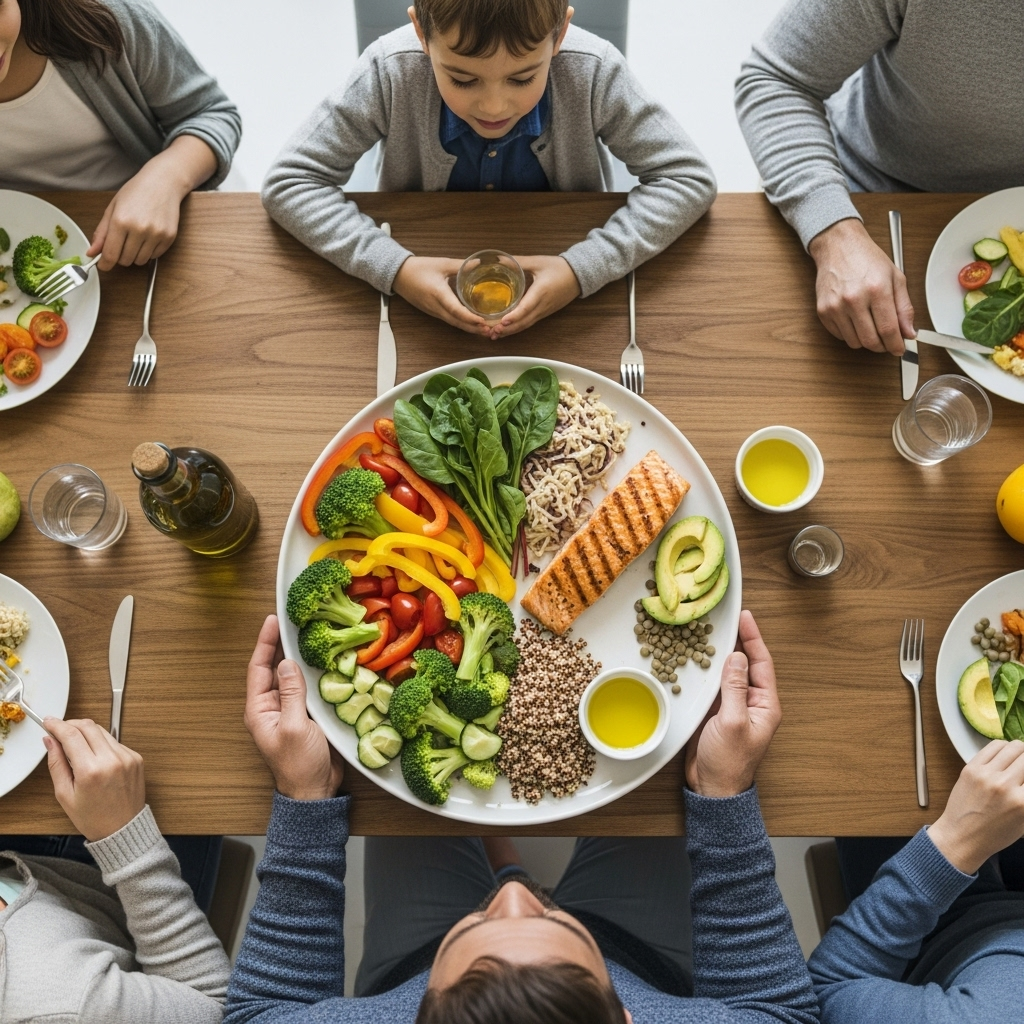Hunger is a familiar sensation to all of us, but for those managing diabetes or concerned about metabolic health, understanding hunger goes beyond simple stomach growling. As someone deeply invested in the metabolic health space, I've found that mastering our relationship with hunger can be transformative for blood glucose control and overall well-being.
The Multifaceted Nature of Hunger
Hunger isn't just a straightforward biological alarm telling us to eat. While genuine physiological hunger is driven by falling blood glucose levels, empty stomachs, and hormone signals like ghrelin, what we perceive as hunger is often much more complex.
Many of my clients confuse thirst for hunger, leading to unnecessary eating when simple hydration would have satisfied them. Others respond to emotional triggers—stress, boredom, or anxiety—with eating behaviors that mimic responses to true hunger. Even environmental cues like food advertisements or the smell of freshly baked goods can trigger what feels like hunger.
For those with metabolic dysfunction or diabetes, this complexity is magnified. Blood glucose fluctuations can create false hunger signals, particularly when glucose levels crash after a high-carbohydrate meal. This reactive hypoglycemia creates a vicious cycle: eat high-carb foods → blood sugar spikes → insulin overreacts → blood sugar crashes → hunger returns quickly → repeat. Breaking this cycle is fundamental to better diabetes management.
The Metabolic Solution: Food Choices That Regulate Hunger
Not all foods affect hunger equally. The most effective eating strategy for diabetes management focuses on foods that:
Prioritize protein. Adequate protein (typically 30+ grams per meal) triggers satiety hormones and has minimal impact on blood glucose. Starting meals with protein rather than carbohydrates can significantly blunt glucose spikes.
Embrace fiber-rich foods. Non-starchy vegetables, nuts, seeds, and low-sugar fruits provide volume, slow digestion, and feed beneficial gut bacteria—all contributing to sustained fullness and better glucose control.
Include healthy fats strategically. Fats from avocados, olive oil, nuts, and fatty fish slow gastric emptying and provide lasting energy without triggering insulin. However, combining fats with refined carbohydrates can exacerbate metabolic issues, so context matters.
Minimize ultra-processed foods. These food-like products are designed to override natural satiety signals. They typically combine refined carbohydrates with industrial fats, creating a metabolic double-whammy that drives insulin resistance and encourages overeating.
A practical meal template might look like: half your plate as non-starchy vegetables, a palm-sized portion of protein, a thumb of healthy fats, and optionally a cupped handful of complex carbohydrates like legumes or whole grains, depending on your metabolic flexibility.

Beyond Food: Lifestyle Factors in Hunger Management
While food choices form the foundation of hunger management, several other factors play crucial roles:
Sleep deprivation increases hunger hormones. Even one night of poor sleep can increase ghrelin (the hunger hormone) and decrease leptin (the satiety hormone). For diabetics, this creates a perfect storm of increased hunger and impaired insulin sensitivity.
Stress management matters. Chronic stress elevates cortisol, which can increase appetite—particularly for calorie-dense, nutrient-poor foods—and raise blood glucose. Mindfulness practices, adequate rest, and social connection can help mitigate stress-induced hunger.
Strategic movement helps. While intense exercise can temporarily suppress appetite through the release of peptide YY and other hormones, gentle movement after meals (like a 10-minute walk) can lower postprandial glucose spikes by 20-30%, reducing reactive hunger later.
Meal timing and frequency should be personalized. While some thrive with intermittent fasting approaches, others—especially those with more advanced diabetes—may need more frequent, smaller meals to maintain stable blood glucose. The key is consistency rather than erratic eating patterns.
Practical Strategies for Real-World Implementation
Translating these principles into daily life requires practical strategies:
-
Pre-commit to meals and snacks. Planning ahead reduces impulsive eating driven by excessive hunger.
-
Practice the "hunger scale" from 1 (starving) to 10 (uncomfortably full). Aim to stay between 3-7, never getting too hungry or too full.
-
Carry emergency protein snacks (jerky, nuts, hardboiled eggs) to prevent glucose crashes that lead to poor food choices.
-
Track glucose responses to different foods and meal combinations using continuous glucose monitoring if available, or strategic fingerstick testing.
-
Stay properly hydrated, aiming for urine that's light straw-colored throughout the day.
-
Implement a "hunger check" when cravings strike—ask yourself if you'd eat plain protein or vegetables. If not, you're likely experiencing a craving rather than true hunger.

Understanding and managing hunger effectively is not about willpower or restriction—it's about working with your biology rather than against it. For those managing diabetes, this approach doesn't just improve blood glucose; it transforms your relationship with food from a source of stress to a source of nourishment and pleasure.
References:
Macdonald IA. (2016). A review of recent evidence relating to sugars, insulin resistance and diabetes. European Journal of Nutrition, 55(Suppl 2), 17-23.
Paoli A, Tinsley G, Bianco A, Moro T. (2019). The Influence of Meal Frequency and Timing on Health in Humans: The Role of Fasting. Nutrients, 11(4), 719.






